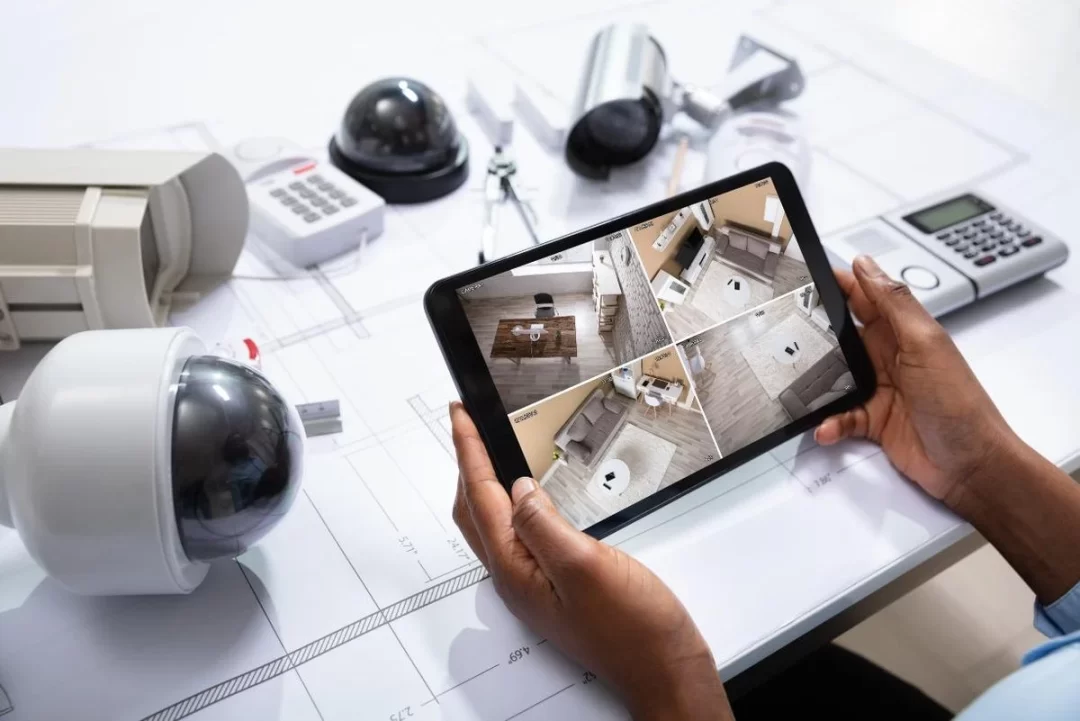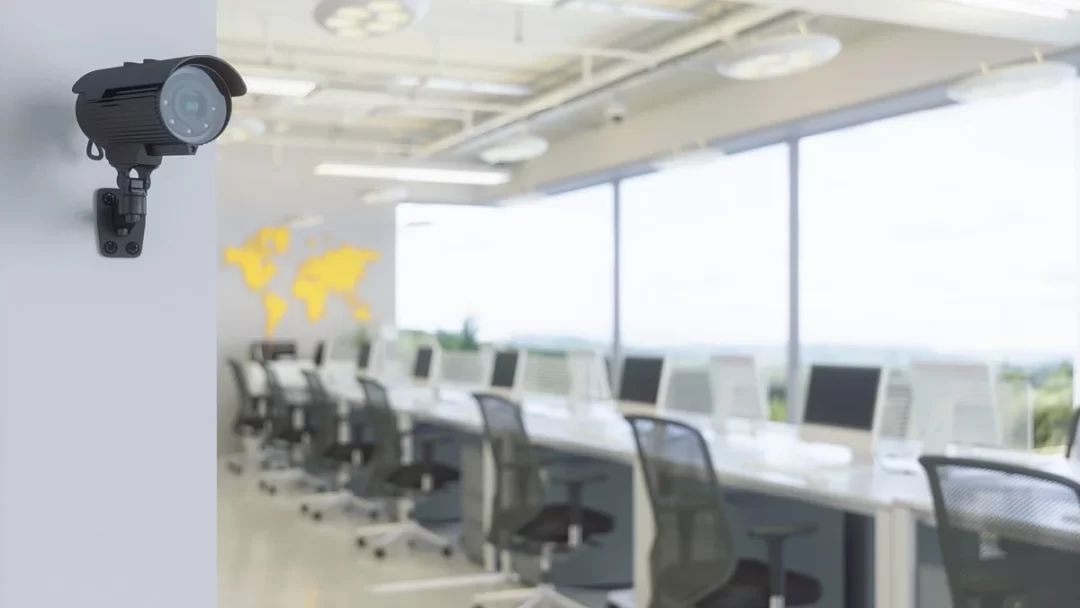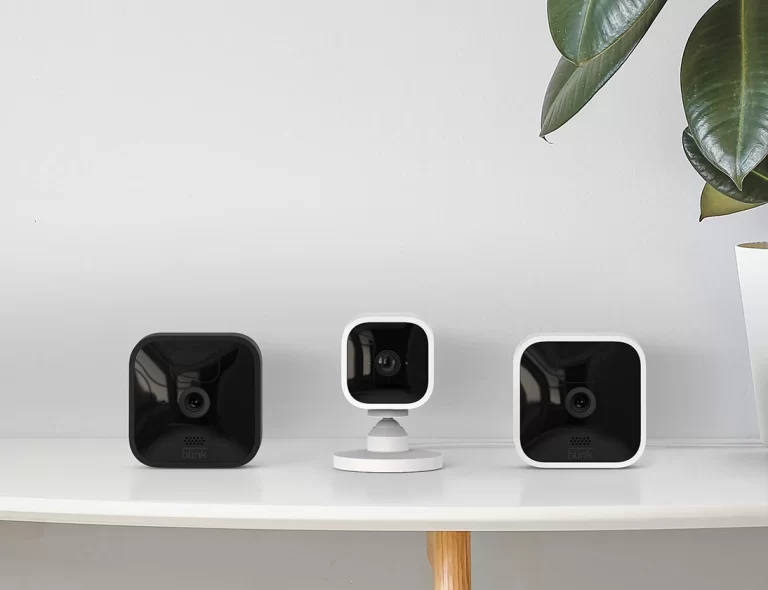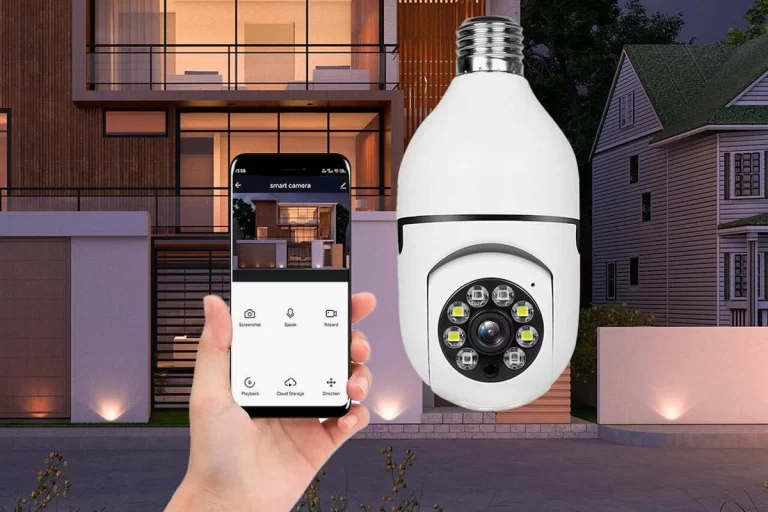What Are the 4 Components of CCTV?
What are the 4 components of CCTV? In this article, we will delve into the details of the four main components that constitute a CCTV system.

What Are the 4 Components of CCTV?
By understanding the purpose and functionality of each component, you will gain valuable insights into the inner workings of video surveillance technology.
1. Cameras
Cameras are the eyes of a CCTV system, capturing visual information and converting it into electronic signals. These devices come in various types, including dome cameras, bullet cameras, and PTZ (Pan-Tilt-Zoom) cameras.
Dome cameras are discreet and offer a 360-degree view, making them suitable for indoor applications. Bullet cameras are designed for outdoor use and are often equipped with infrared capabilities for night vision.
PTZ cameras, on the other hand, can be remotely controlled to pan, tilt, and zoom in on specific areas of interest.
Each camera type serves a specific purpose, allowing users to tailor their surveillance system to meet their unique needs.
2. Recorders
Recorders are responsible for storing the video footage captured by the cameras. There are two main types of recorders used in CCTV systems:
- Digital Video Recorders (DVRs) and
- Network Video Recorders (NVRs).
DVRs are analog-based and are compatible with older CCTV camera systems. They convert analog signals into digital format for storage.
NVRs, on the other hand, work with IP (Internet Protocol) cameras that transmit video data over a network. These recorders offer more flexibility and advanced features, such as remote access and intelligent video analytics.
3. Monitors

Monitors are the visual interface of a CCTV system, allowing users to view live or recorded footage. They come in different sizes and resolutions to accommodate various surveillance needs.
High-resolution monitors ensure clear and detailed images, enabling operators to identify critical details accurately.
Some advanced monitors also offer features like split-screen displays, motion detection overlays, and customizable layouts. Monitors play a vital role in real-time monitoring, incident response, and evidence review.
4. Cables
Cables serve as the backbone of a CCTV system, transmitting power and video signals between the components. There are two primary types of cables used in CCTV installations: coaxial cables and Ethernet cables.
Coaxial cables are commonly used in analog systems, providing a reliable connection for transmitting video signals over long distances.
Ethernet cables, specifically Cat5e or Cat6 cables, are used in IP-based systems to carry both power and data signals.
These cables are capable of supporting high-resolution video and Power over Ethernet (PoE) technology, which simplifies the installation process by eliminating the need for separate power cables.
Conclusion
Understanding the four components of CCTV systems is essential for anyone seeking to implement an effective video surveillance solution.
Cameras, recorders, monitors, and cables work together seamlessly to provide enhanced security, deterrence, and valuable insights into activities within a specific area.
By leveraging the power of CCTV technology, individuals and businesses can safeguard their premises, assets, and people. Stay informed, stay secure.
READ ALSO!!!




